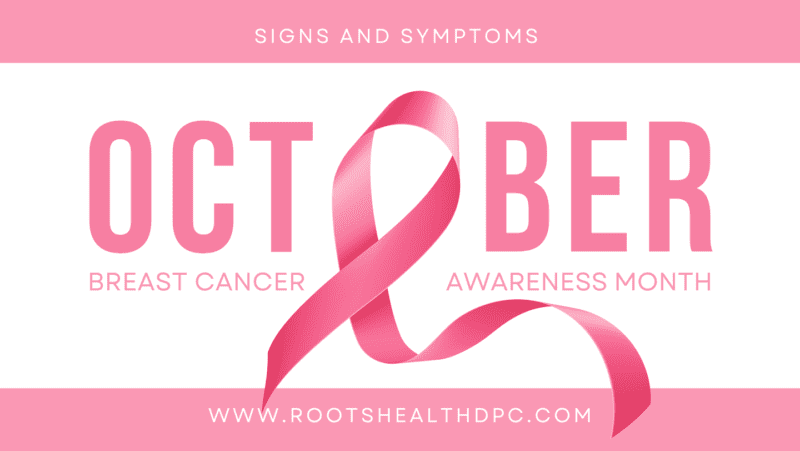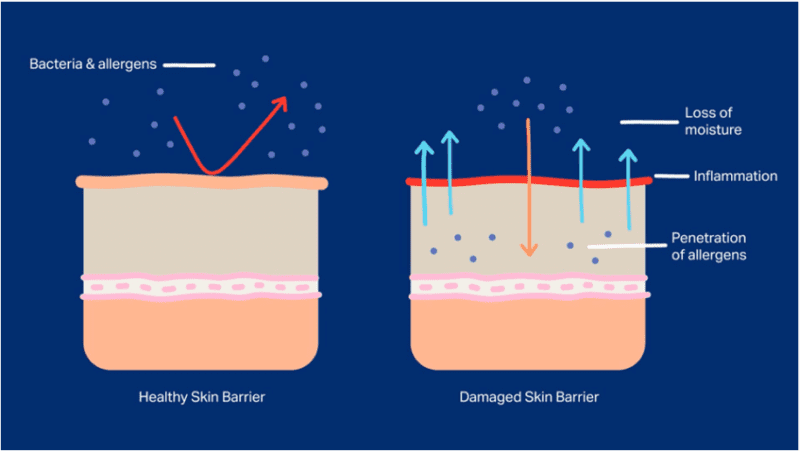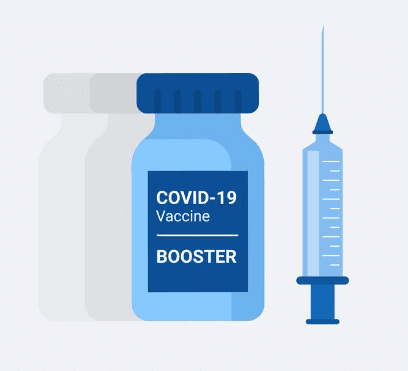Mondays with your MD – Open Enrollment is Here
The THINGS you DID NOT EVEN THINK to consider this Open Enrollment…..
How can I keep my costs low AND receive high quality accessible health care?
Every year we pay more for insurance while less and less is covered. When we attempt to use our insurance it is cumbersome and inconvenient at best. We have all experienced the frustration with the amount of time it requires to obtain what we need for our health and get it covered by insurance. Today we cover the basics and empower you to make decisions that will give you the most cost-effective way to obtain the high quality health care you deserve

The Jargon
Premium: the amount you pay every month for health insurance.
Deductible: the amount you must pay before you can get any services covered by your insurance in a calendar year. A few Caveats to the deductible: Not everything counts towards your deductible. Premiums and copays generally don’t count. Some plans have separate deductibles for prescriptions.
Copay: a fixed amount you pay for a covered expense (visits, procedures, medications, etc)
Out-of-pocket maximum: the most you might have to spend for covered services in a given year. This number is important to understand!
HDHP is a High-deductible Health Plan (HDHP): these plans offer lower monthly premiums and allow you qualify for a Health Savings Account (HSA)
HSA is a Health Savings Account: A type of savings account that lets you set aside money on a pre-tax basis to pay for qualified medical expenses.
Health Share Plans*: this is not an insurance product and offers much lower monthly premiums with low initial unshareable amount (similar to a deductible). *A cooperative where members “share” medical costs. They cover catastrophic needs (hospital stay, surgery, ER visit, etc) but are not insurance products.

What your typical open enrollment conversation is missing!!!
Smart consumers determine their out of pocket projected cost for the year and choose a high deductible plan to save on monthly premiums. Savvy consumers understand the relationship between premiums and deductibles and keep costs low by determining the most cost-effective way to lower their out of pocket-expenses over the course of the entire year.
REMEMBER HEALTH CARE DOES NOT NEED TO BE EXPENSIVE.
Direct Primary Care: The impossible Made Simple and Transparent.
Direct Primary Care (DPC) removes insurance companies from the physician-patient relationship and provides the vast majority of health care services through a low monthly fee (like a gym membership). Patients skip the hassle of traditional insurance-based care. They get more time with their physician with same day and next day appointments… all without copays or hidden fees. DPC can produce tremendous savings on out of pocket expenses when patients work with their DPC physician to find the most cost-effective appropriate health care. The enormous savings on medications, labs, and imaging often exceed the annual cost of membership.
Can you imagine if you could have easily accessible high quality health care with access to your doctor whenever you needed it AND pay less out of pocket? Have a cough and fever but dont want to go to the urgent care? ….. skip the line and the copay! Urinary tract infection while on vacation out of state?…. no problem we got you covered.
M.C. saved 97% on her bloodwork.
Imagine getting 97% OFF… you read that right! This patient had labs with Roots Health DPC and paid $29.57. The same patient had the exact same labs billed (for the same tests) at a price of $901.24 through the same lab.
At Roots Health DPC we get it. Your health and wellness are our main goal and we are here to support our patients as they make decisions that will affect their well-being.
Open enrollment only comes once per year… make the most of it and choose the best plan to meet your health care needs.
Its your money.
Its your healthcare.
Its your choice.
If you want to learn more about how direct primary care can help you achieve your health care goals and save you money, sign up for our free guide:
“Better Healthcare for a Fraction of the Price”
If you want to learn more about how direct primary care can help you achieve your health care goals and save you money, sign up for our free guide:
“Better Healthcare for a Fraction of the Price”














